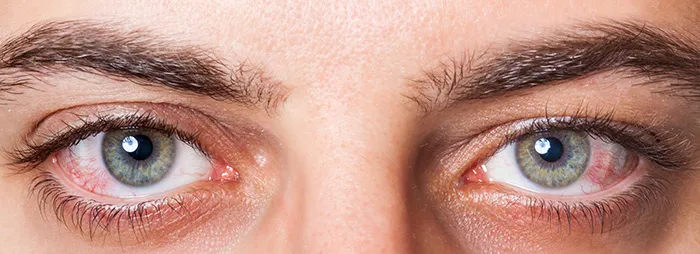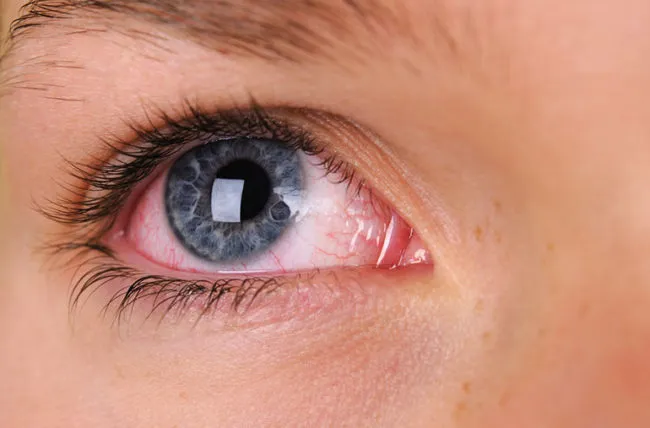Keratoconjunctivitis sicca is a condition characterized by the inability of the eye to produce sufficient tears to keep it moist. In the light of new knowledge about the roles of ocular surface inflammation and tear hyperosmolarity in dry eye and the effects of dry eye on visual function, the International Dry Eye Workshop (DEWS) defines keratoconjunctivitis as a “multifactorial disease of the tears and ocular surface that results in symptoms of foreign-body sensation, ocular dryness, irritation and grittiness , visual disturbance, mucous discharge, photophobia and tear film instability with potential damage to the ocular surface. Keratoconjunctivitis sicca is basically characterized by insufficient lacrimal secretion, keratinization of the superficial epithelial cells, signs of chronic catarrhal conjunctivitis with dry mucoid secretion, and punctate or linear opacities of the cornea.
Keratoconjunctivitis Sicca (KCS) also known as Dry Eye Disease (DED)/ Dry Eye Syndrome (DES)/ Keratitis sicca is an ocular morbidity frequently encountered, a growing public health problem, and one of the most common conditions seen by eye care practitioners. It affects about 5 - 6% of the population with its prevalence rising to 6 - 9.8% in postmenopausal women and as high as 34% in the elderly. Keratoconjunctivitis sicca is also named as dysfunctional tear syndrome, lacrimal keratoconjunctivitis, evaporative tear deficiency, aqueous tear deficiency, and LASIK-induced neurotrophic epitheliopathy.
Keratoconjunctivitis sicca may be subdivided into 2 main types;
• Dry eyes associated with Sjögren syndrome (SS) : a chronic autoimmune disease characterized by lymphocytic inflammation and the body's white blood cells destroy the exocrine glands, specifically the salivary and lacrimal glands that produce saliva and tears, respectively. The immune-mediated attack on the salivary and lacrimal glands leads to the development of xerostomia (dry mouth) and Keratoconjunctivitis Sicca.
• Dry Eyes unassociated with SS: mostly found in postmenopausal women, women who are pregnant, women who are taking oral contraceptives or women who are on hormone replacement therapy (especially estrogen-only pills). The common denominator is a decrease in androgens, either from reduced ovarian function (in postmenopausal women) or from increased levels of the sex hormone–binding globulin (in women who are pregnant or taking birth control pills). Androgens are believed to be trophic for the lacrimal and meibomian glands. They also exert potent anti-inflammatory activity through the production of transforming growth factor beta (TGF-β).
DED is mostly charaterised by burning sensations in the eye, photophobia or sensitivity to light and red eyes with difficulty in nighttime driving
Treatment
A variety of approaches can be taken by your optometrist or ophthalmologist. These can be summarized as: avoidance of exacerbating factors (such as smoky and dusty environments), tear stimulation (like purposely blinking and resting tired eyes) and supplementation (with artificial tears, autologous serum eye drops, lubricating ointments) increasing tear retention (with moisture chambers and punctalplugs), and eyelid cleansing and treatment of eye inflammation (with prednisolone and immunosuppressants like cyclosporine). There is no sure-fire way of preventing keratoconjunctivitis sicca. Complications can be prevented by use of wetting and lubricating drops and ointments.
Preventive Approach
Patients are advised to; wear glasses that decrease evaporation of tears; adjusting air vents at home, in the office, and in cars; adjusting ceiling fans. Patients are also advised to discontinue or avoid exposure to tobacco smoke, which destabilizes the tear film and decreases tear production. Furthermore, the should be encouraged to make dietary changes as well, such as reducing alcohol ingestion because it causes dehydration and exacerbates DED. Omega-3 oils, fish oil, and flaxseed oil can improve the tear film and decrease the inflammation associated with DED; therefore, patients should be advised to add these elements to their diets.
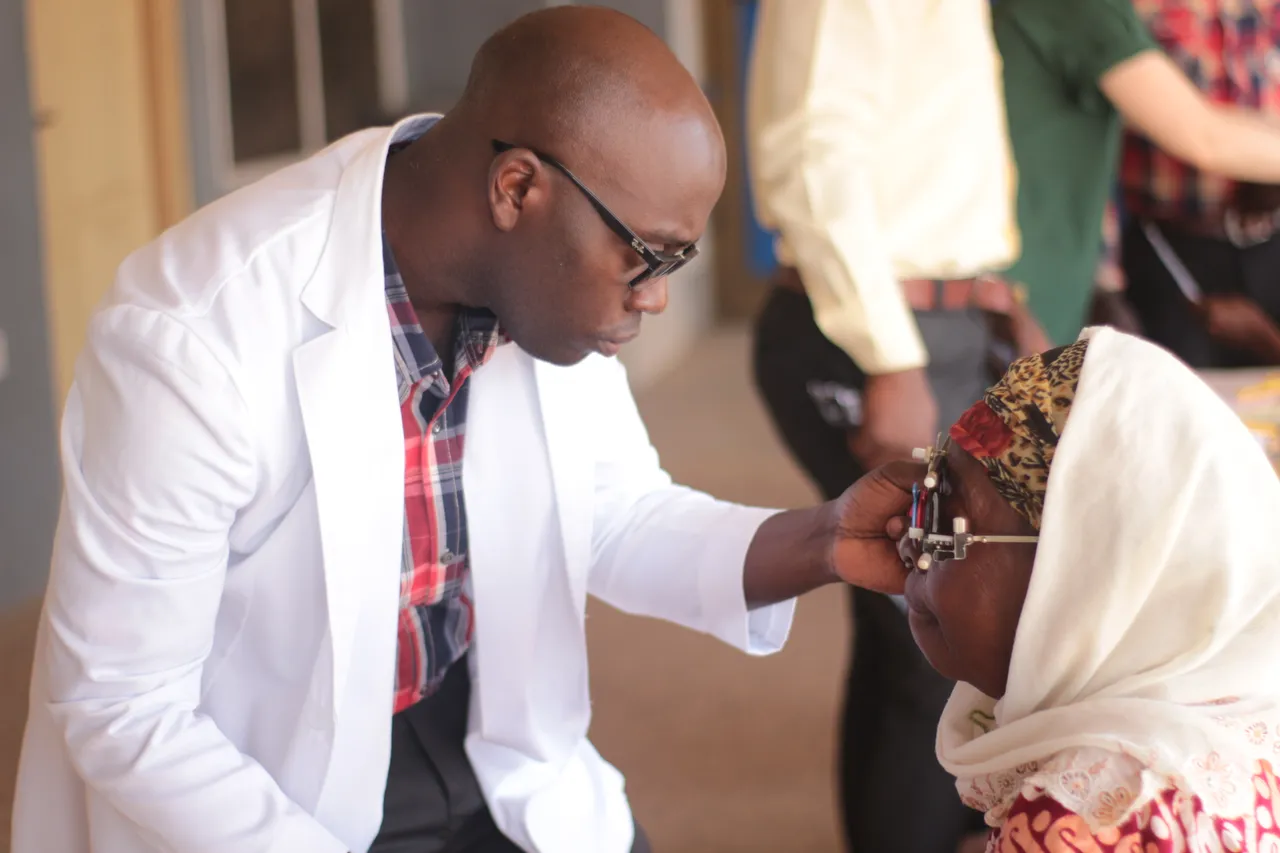

What is @bettervision about?
@bettervision is is a project initiated by @nattybongo and friends to give back to the society the knowledge and skill acquired through the Optometric Studies in Kwame Nkrumah University of Science and Technology, Ghana.It is an outreach system where we visit the less privileged communities to offer free eye screening services and education to the people within the community
AIMS AND OBJECTIVES
To reduce or prevent vision loss through diseases such as glaucoma, cataract and refractive errors.
To enlighten the majority of the Ghanaian population about the importance of proper visual care.
To conscientize people on the need for regular eye checks
To get more people to have their wards screened within the Critical periods of a Child’s Vision Development; thus from ages 3 to till about 10 years.
To help the blind and people with low vision live a better life within the society through education of the general public to stop stigmatization.
To help in the fight of extreme poverty that puts the health of people at risk

Our greatest gratitude goes to @fundition @adollaraday @surfyogi @girlsfoundation @bleepcoin @ackza @indigoocean @nanzo-scoop @steemstem @demotruk @pennsif @steem-ambassador @kasho and @wafrica for helping to make the aims and objectives of @bettervision a reality.

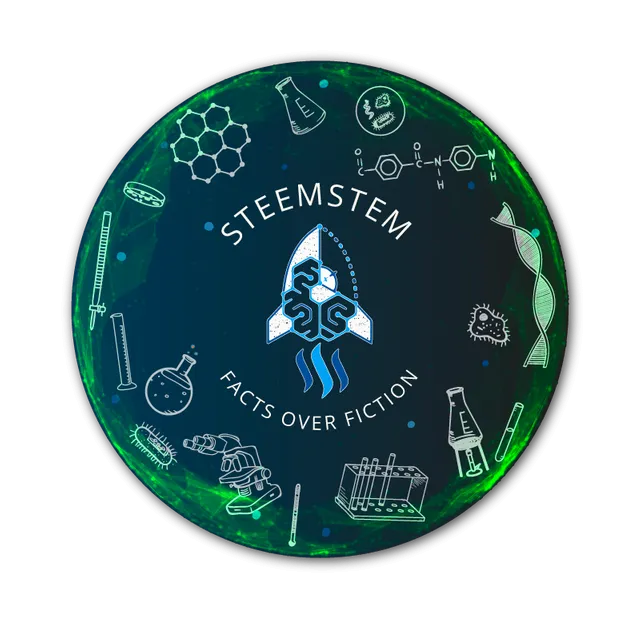
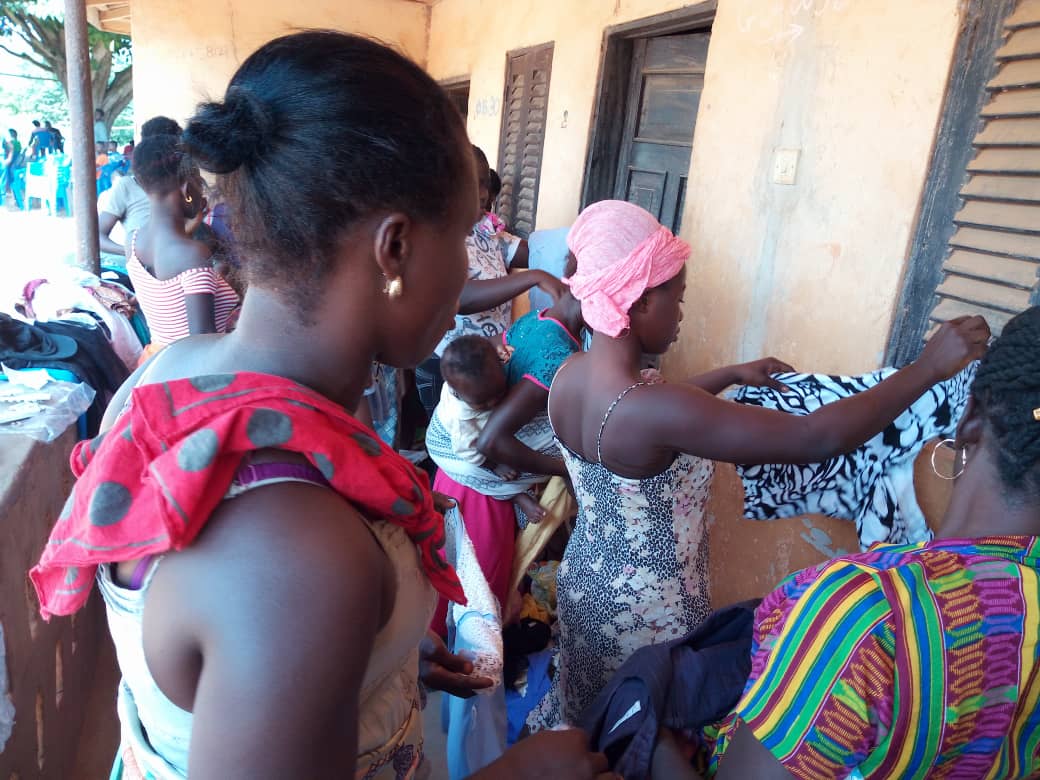shirt.jpg](https://images.ecency.com/p/3jpR3paJ37V8JxyWvtbhvcm5k3roJwHBR4WTALx7XaoRovbdkGwm8sDfo9UUXEuNZXBMC1kdmJ6coMxZnzE8tqnHbG5dNEHKxuT43r9nisaaZ4NderHKyDtCXn8wp1tG6F6zi.png?format=match&mode=fit)
